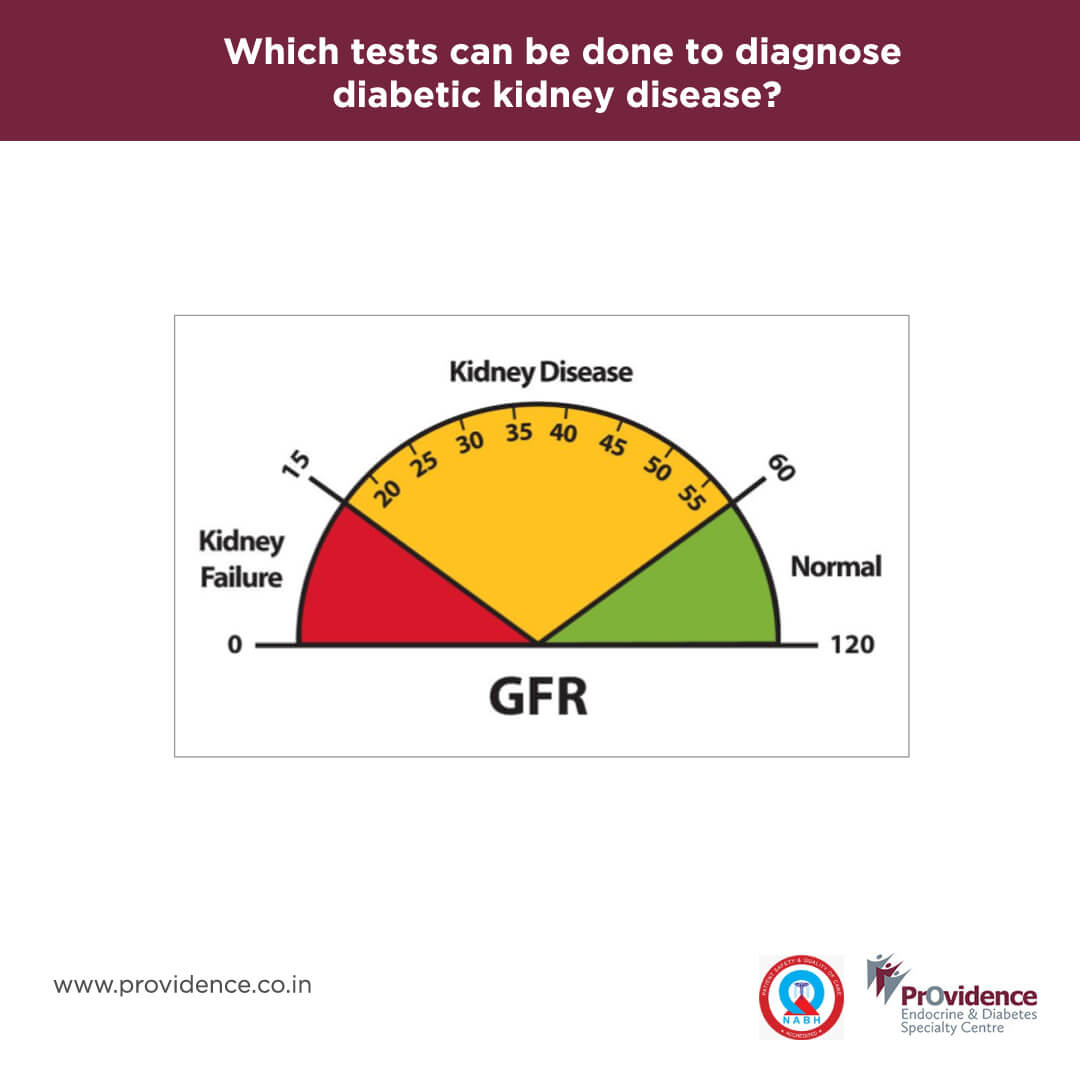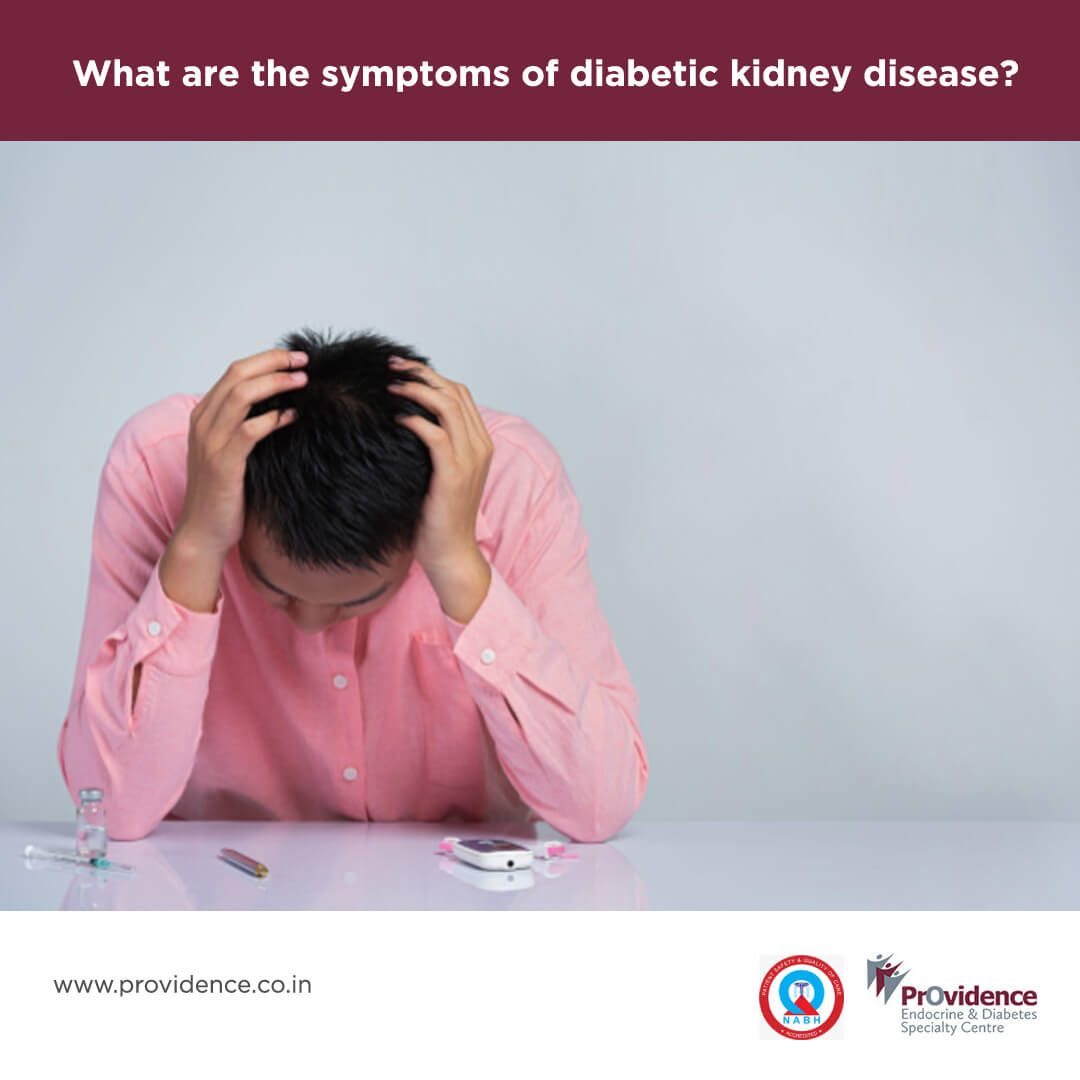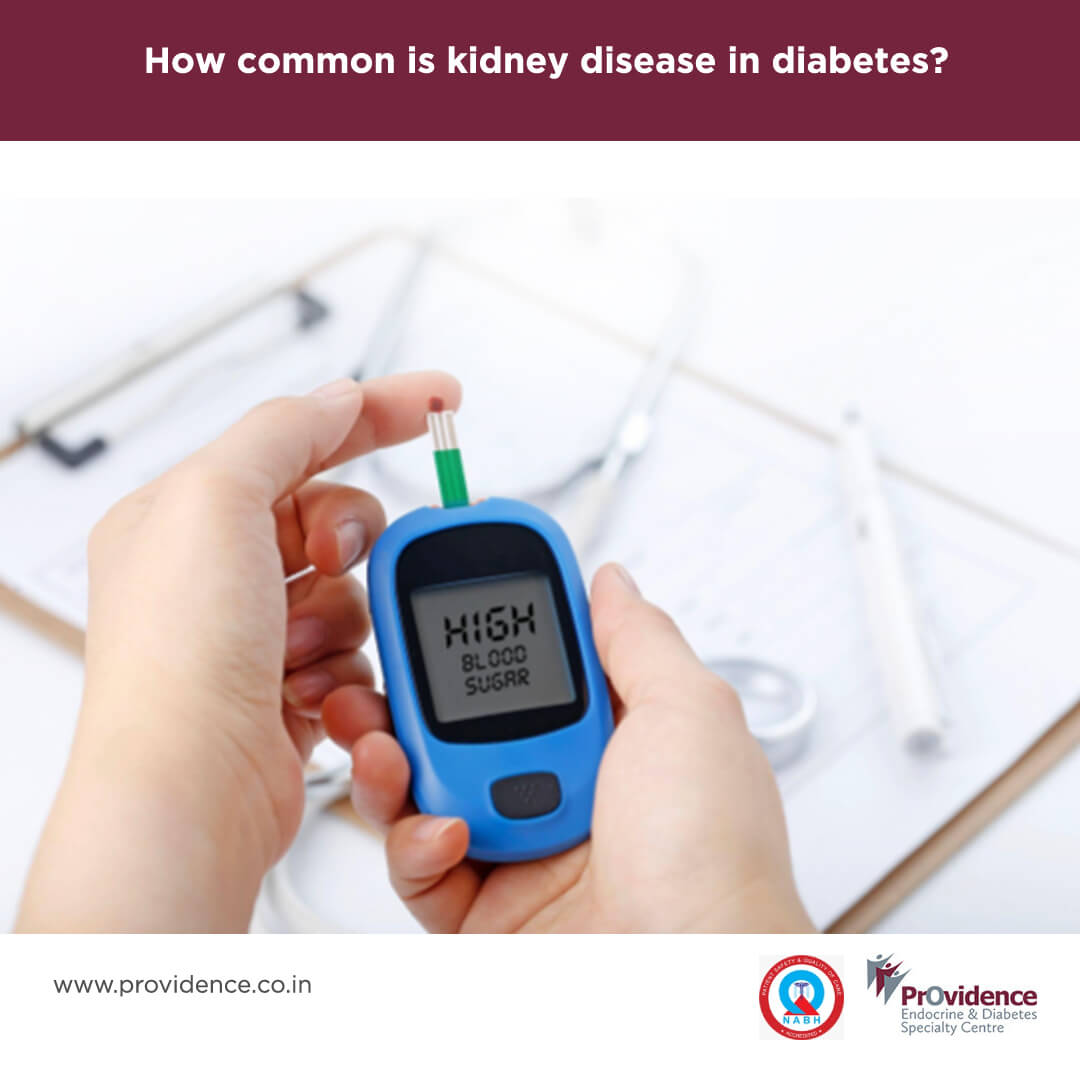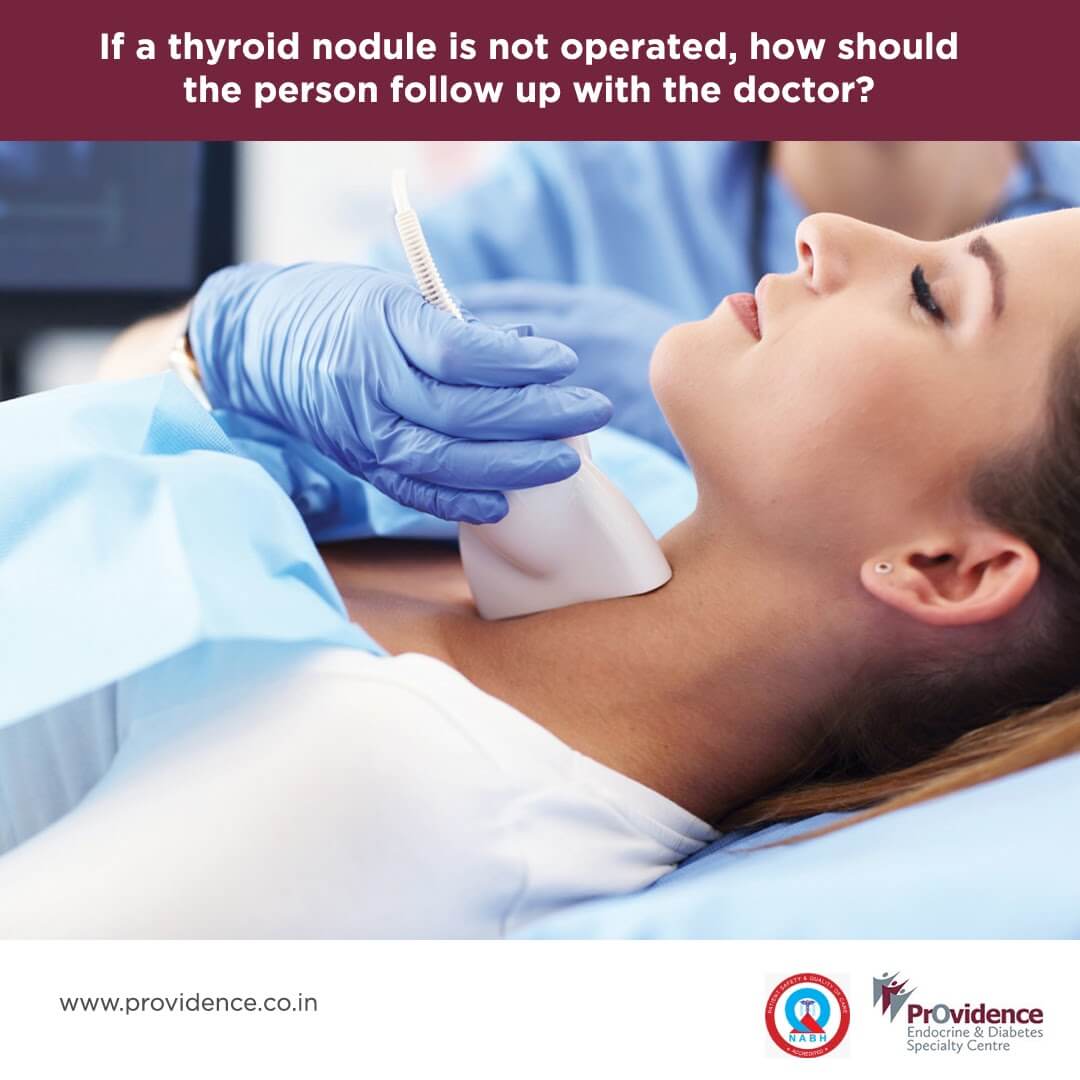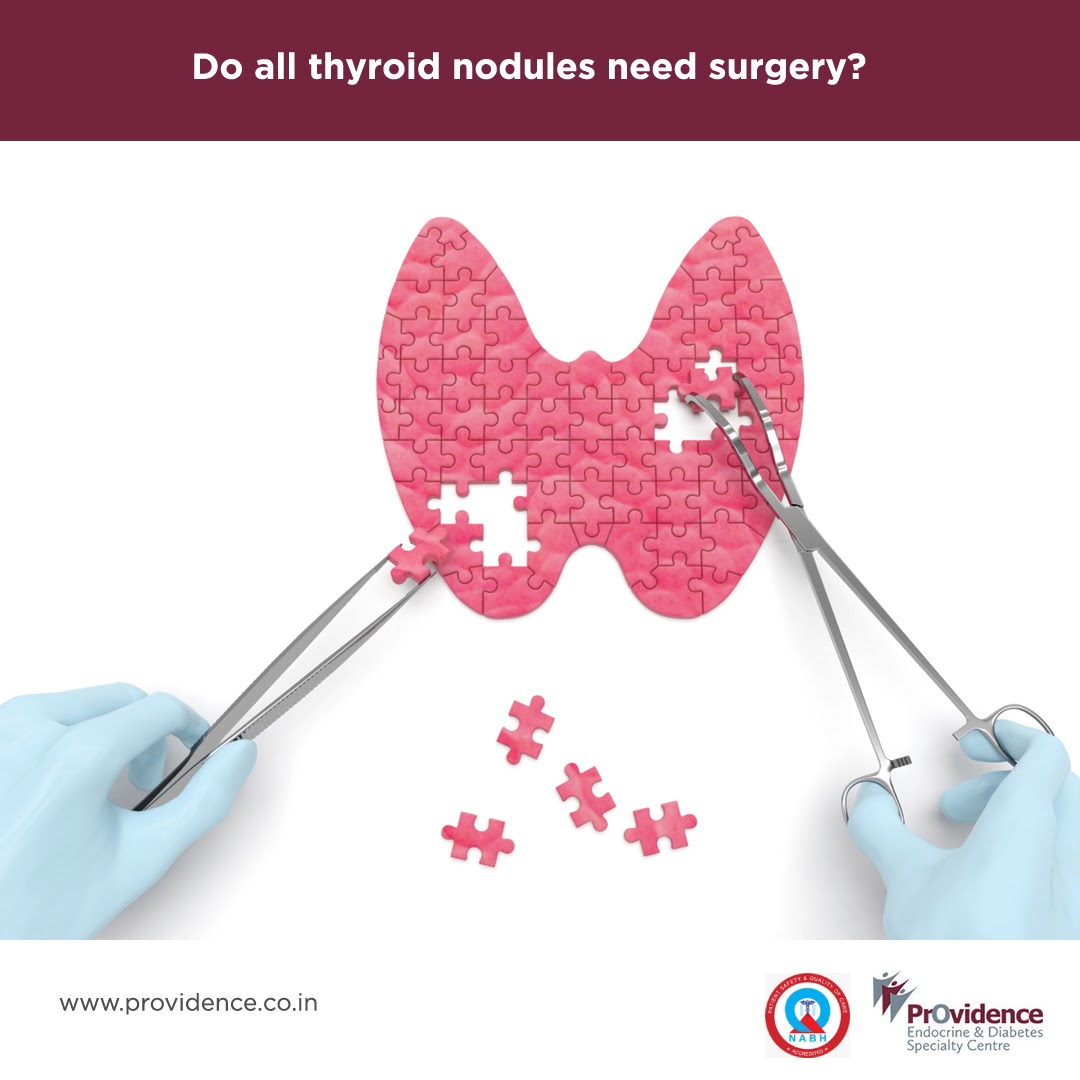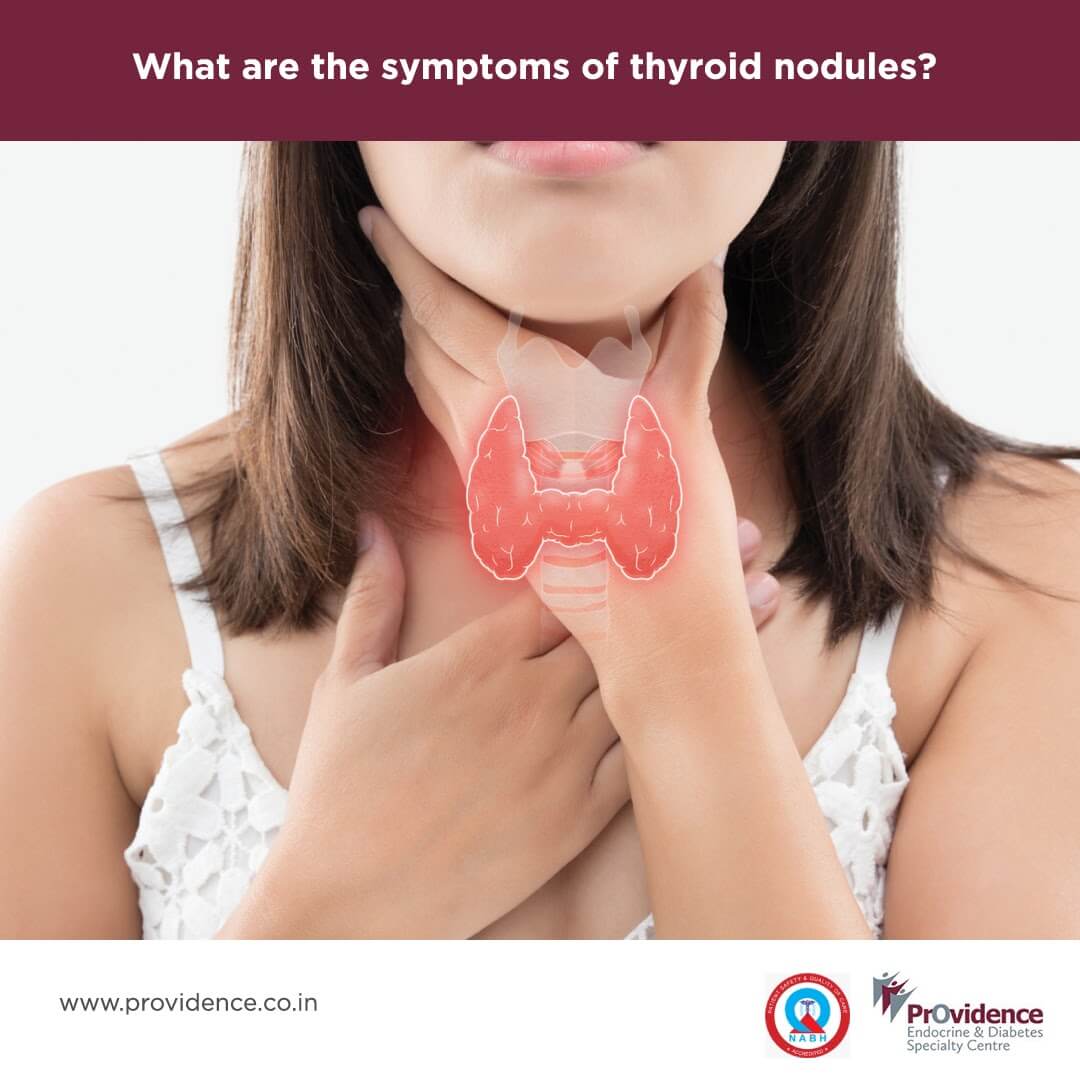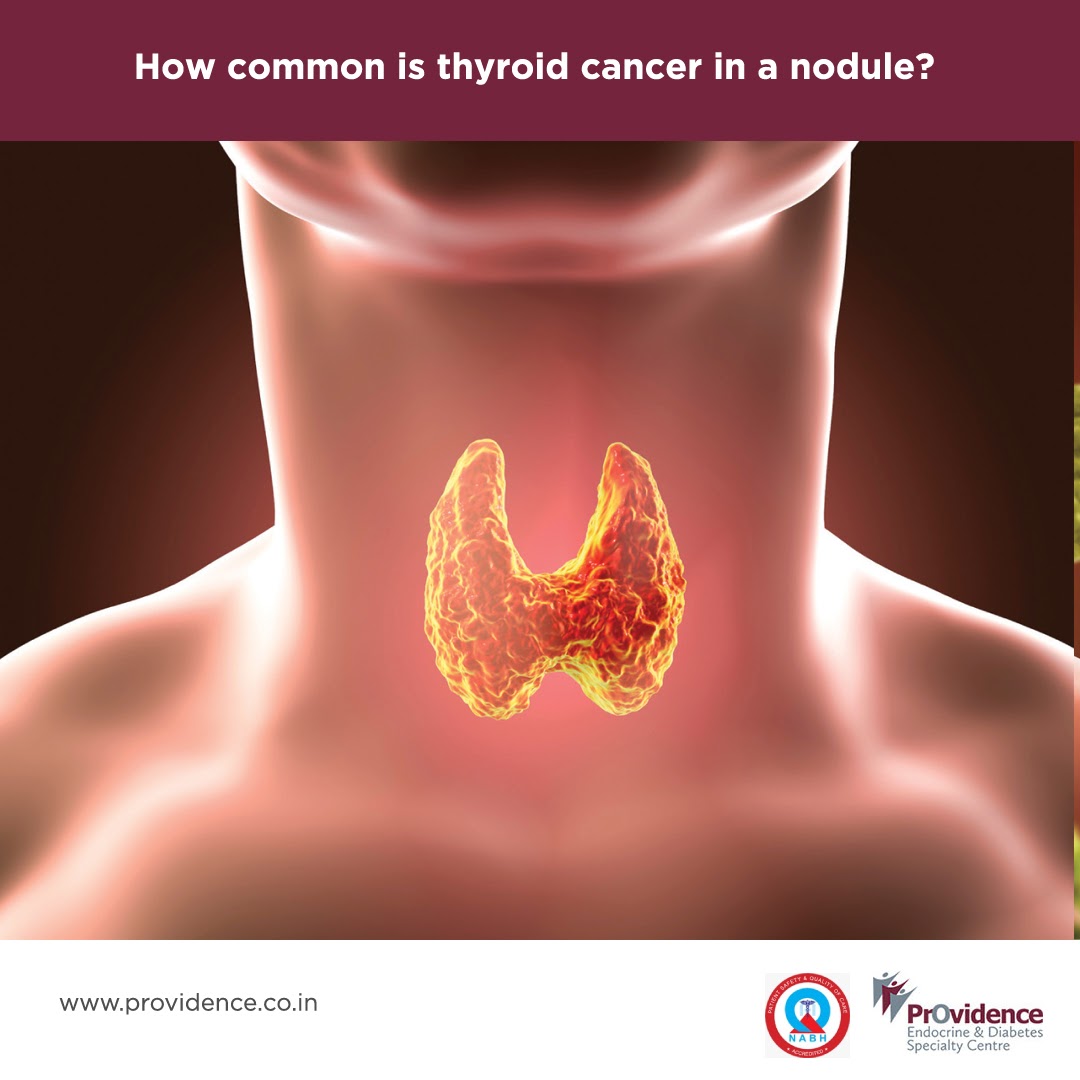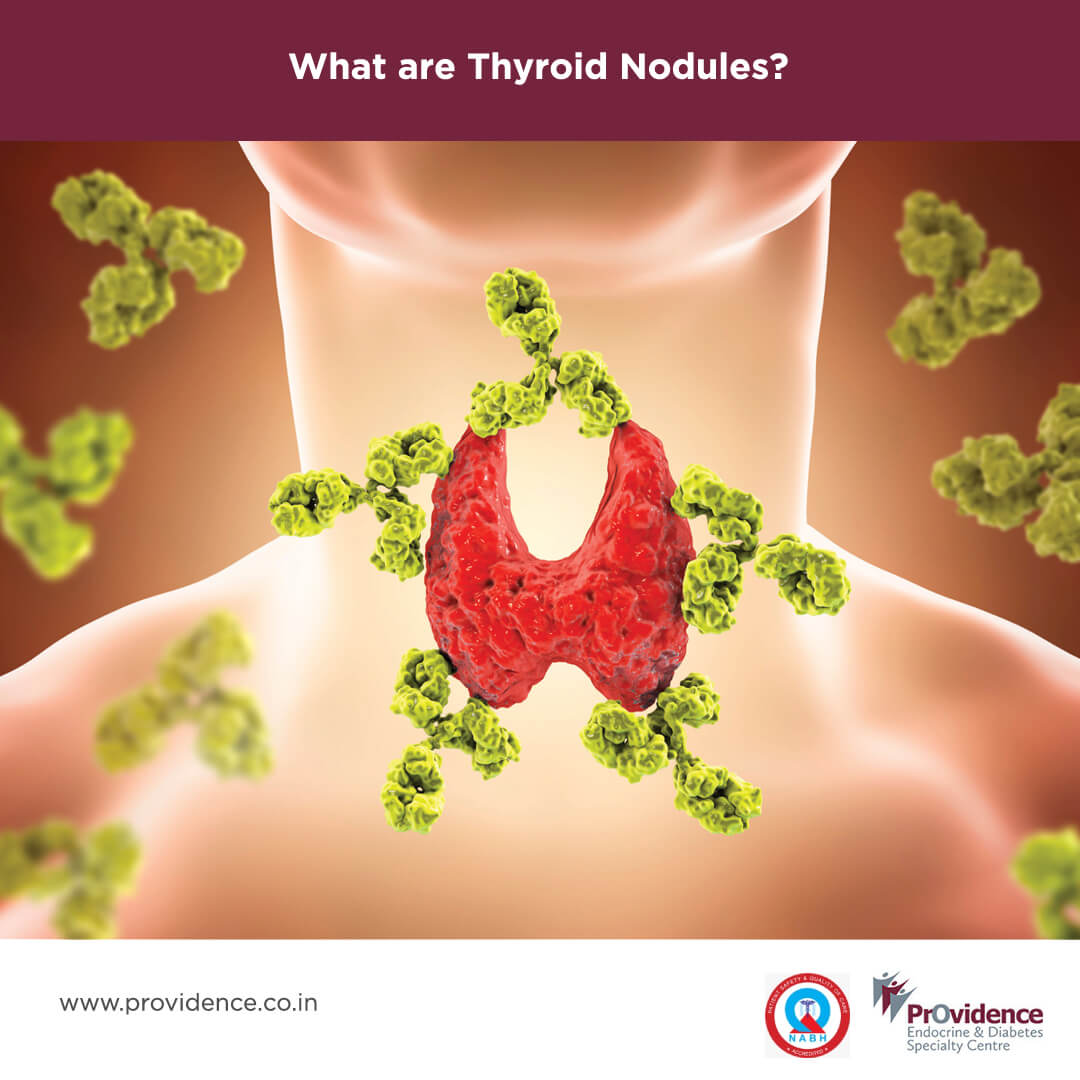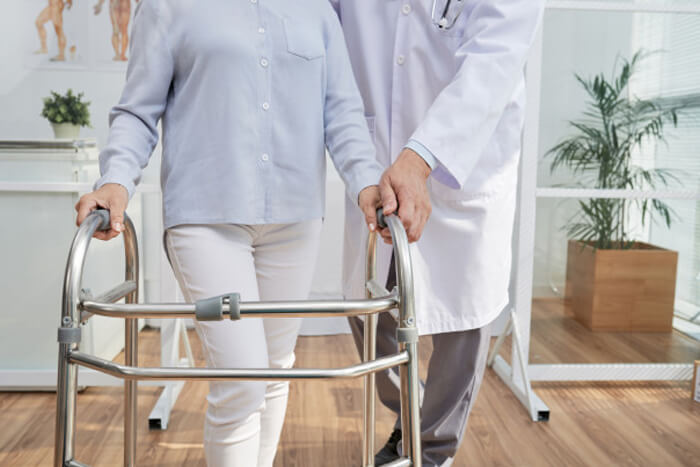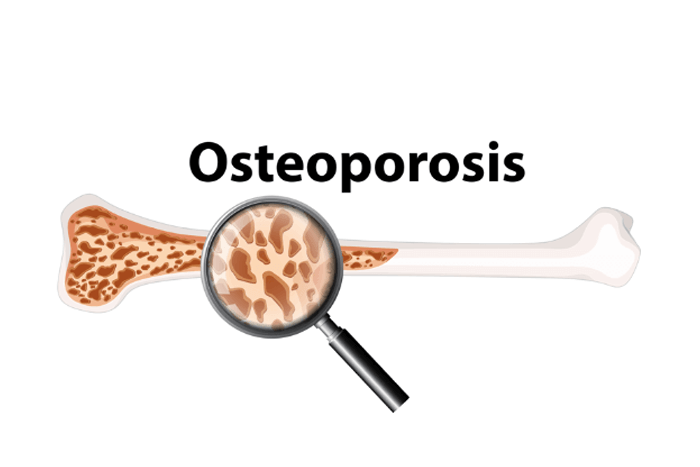Diabetic kidney disease can be silent for a long time before it is diagnosed. People with uncontrolled blood glucose, higher blood pressure, those who smoke and those who are overweight are at high risk of developing kidney disease. The damage to the kidneys starts well before any of the tests shows any abnormality.
The kidneys can leak albumin(protein) and it is called albuminuria (proteinuria) and is detected by tests of urinary albumin. Once the function of the kidneys starts deteriorating, the creatinine starts increasing. However, the creatinine may remain within the laboratory range even if a substantial part of the kidney function is lost. So, we calculate estimated glomerular filtration rate (eGFR) to assess the same. The eGFR is a measure of how well the kidney filters blood. Normal eGFR rates are more than 60 ml/min/m2. A GFR less than 60 may mean the kidneys are not functioning well and below 15, it suggests kidney failure.
An ultrasound of the kidney may be done to exclude other causes of kidney disease. Since the kidneys have other functions, your doctor may check tests like blood urea, electrolytes, uric acid, and hemoglobin to know if they are affected.
Author
Dr. Mathew John



